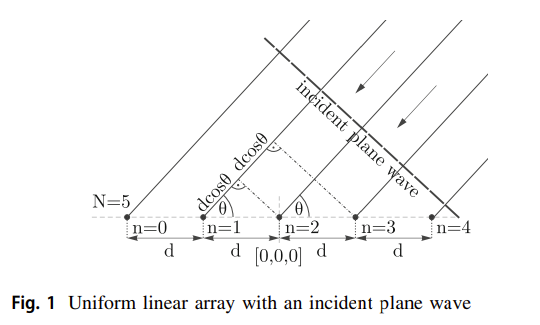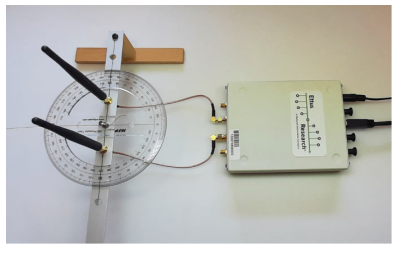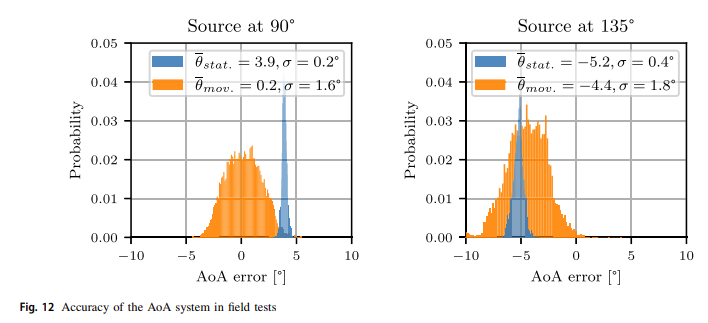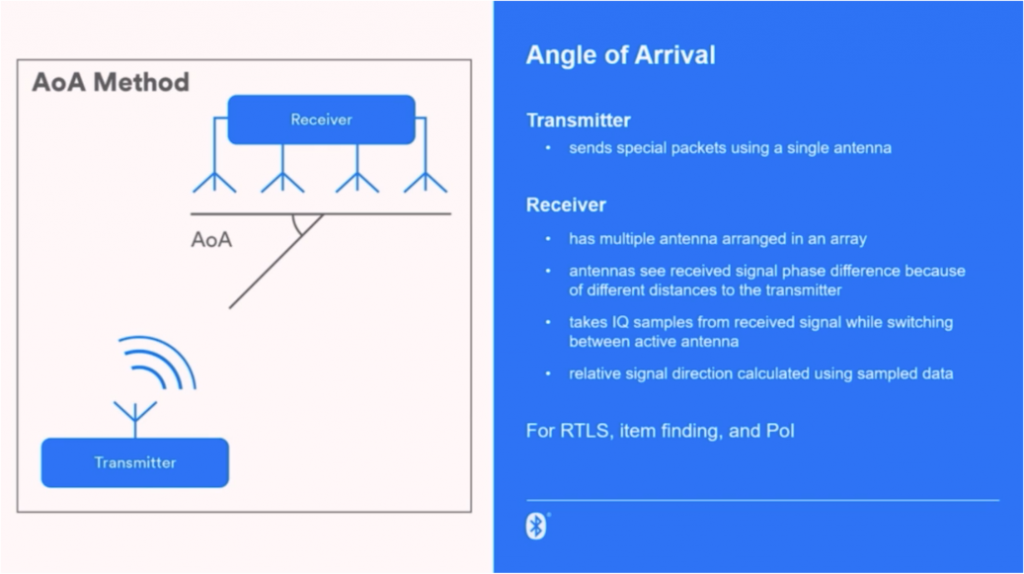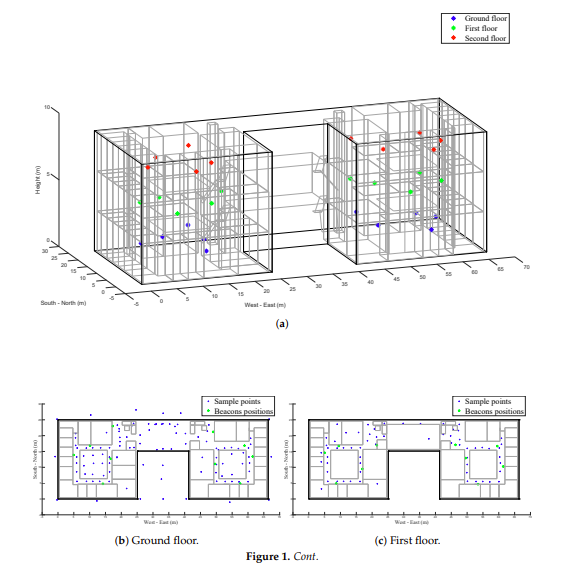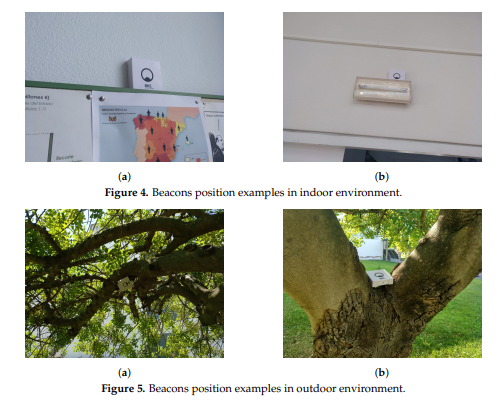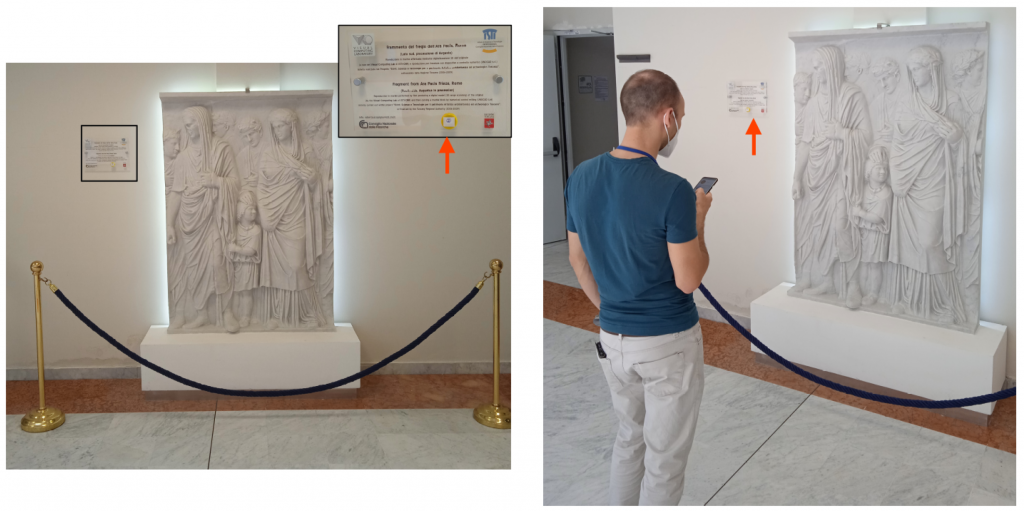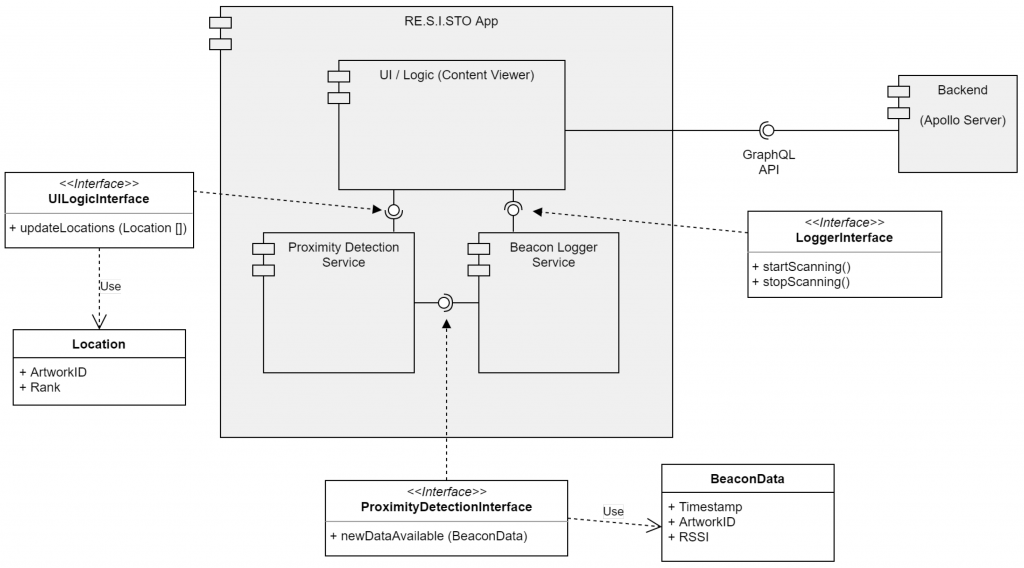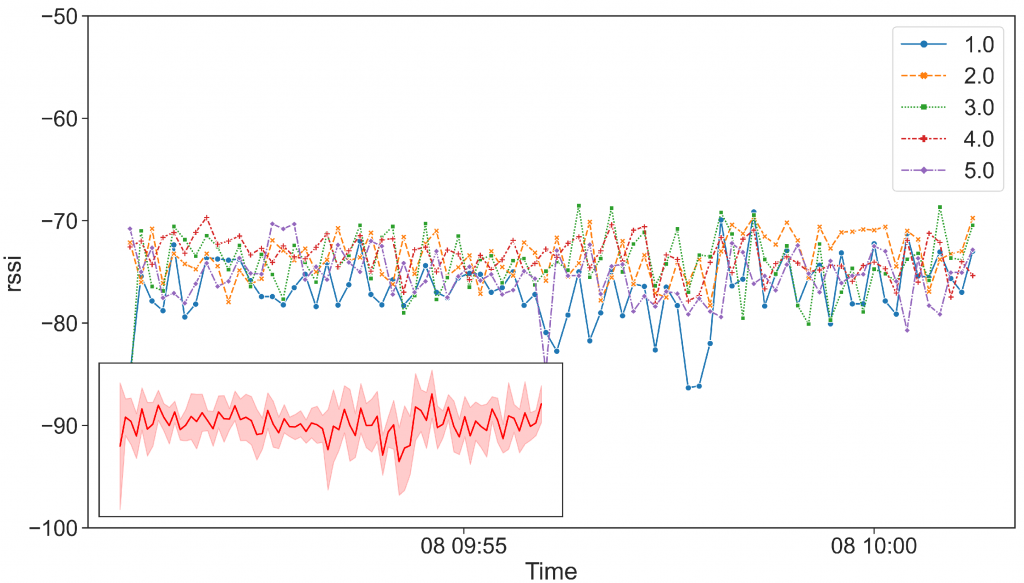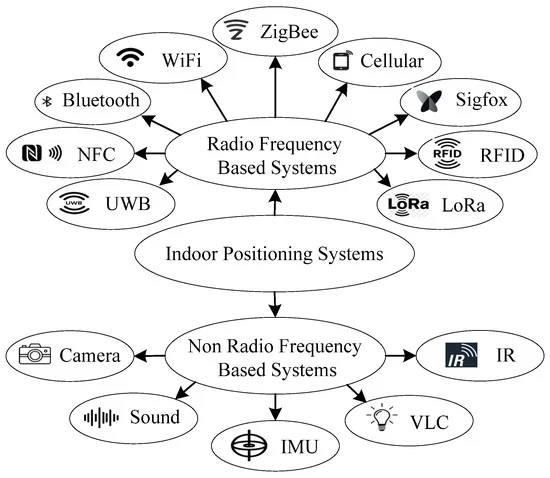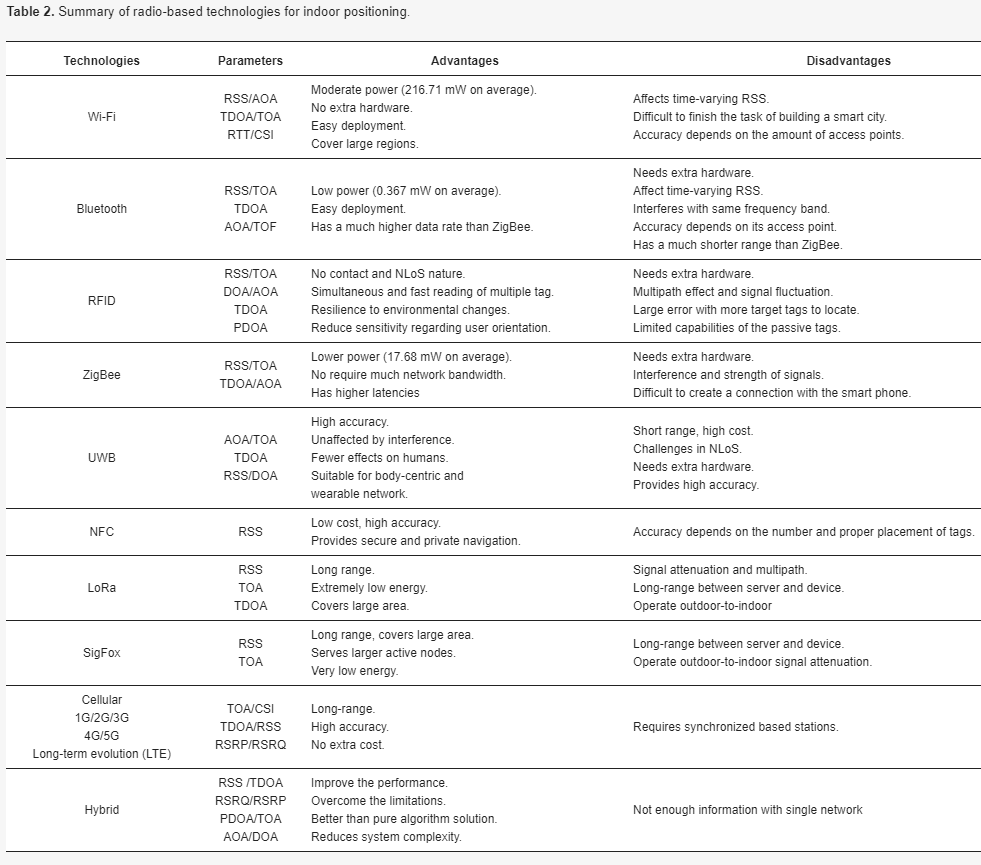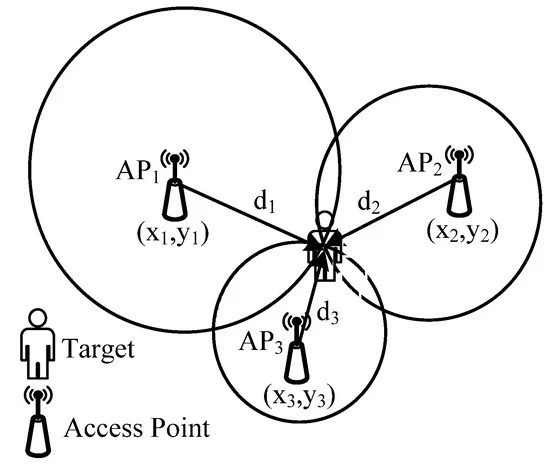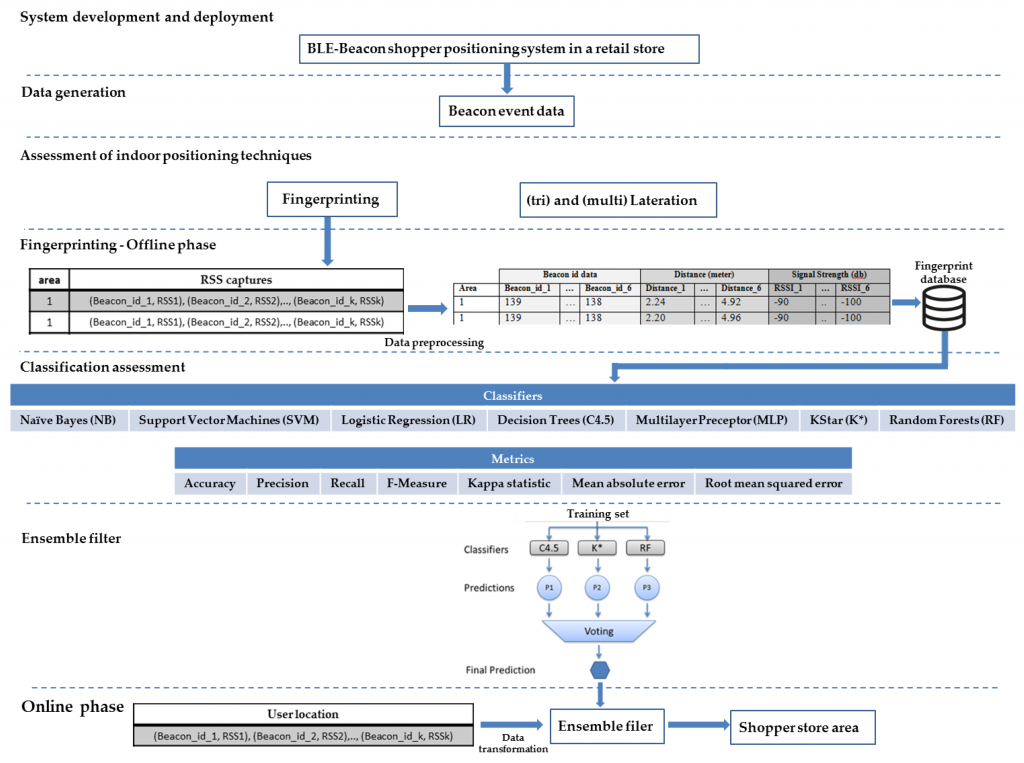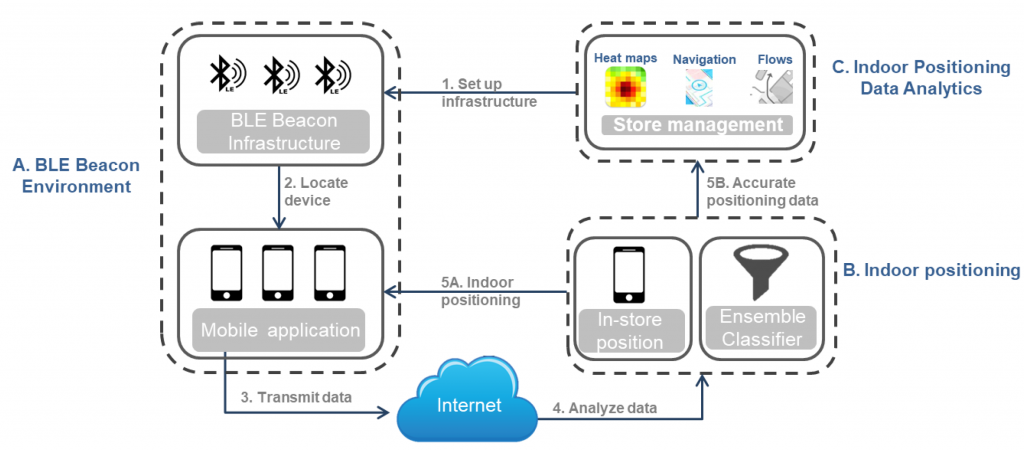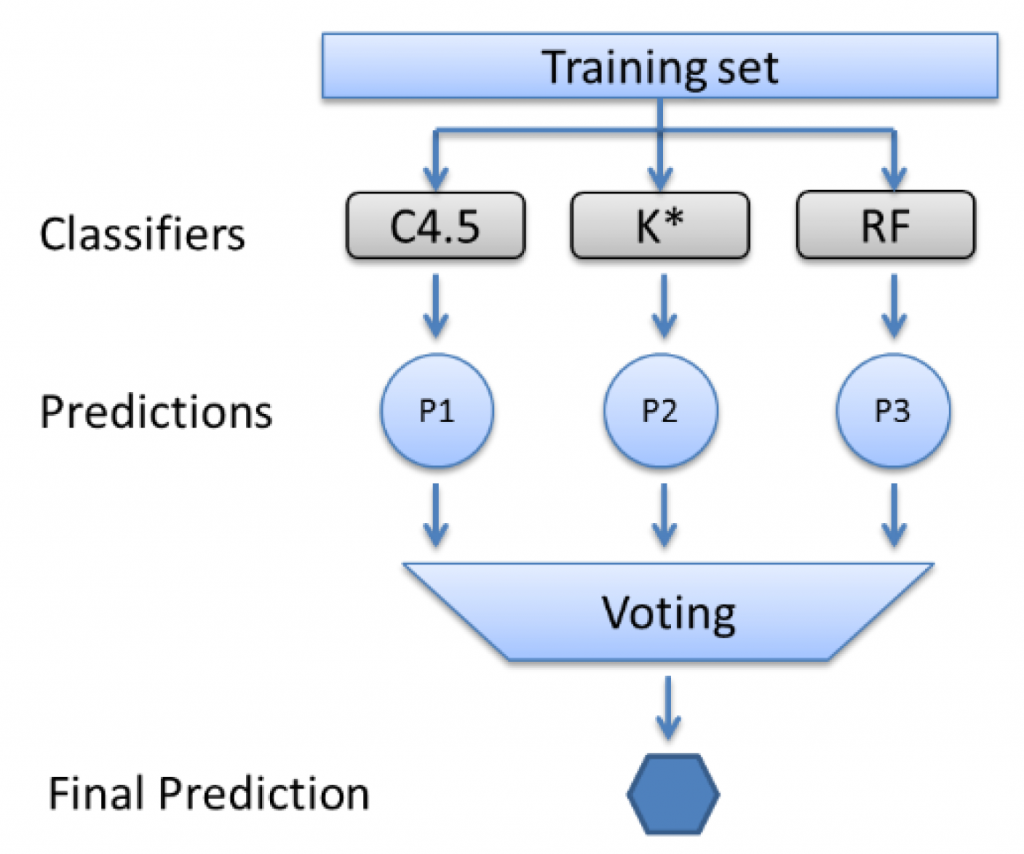There’s new research in the Bulletin of Electrical Engineering and Informatics on Bluetooth beacons based indoor positioning in a shopping malls using machine learning. Researchers from Algeria and Italy improved the accuracy of RSSI locating by using AI machine learning techniques. They used extra-trees classifier (ETC) and a k-neighbours classifier to achieve greater than 90% accuracy.
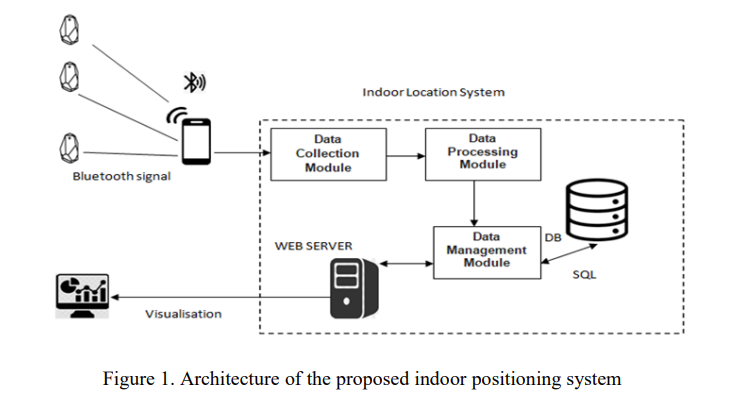
A smartphone app was used to receive beacon RSSI and send it to an indoor positioning system’s data collection module. RSSI data was also filtered by a data processing module to limit the error range. KNN, RFC, extra trees classifiers (ETC), SVM, gradient boosting classifiers (GBC) and decision trees (DT) algorithms were evaluated.
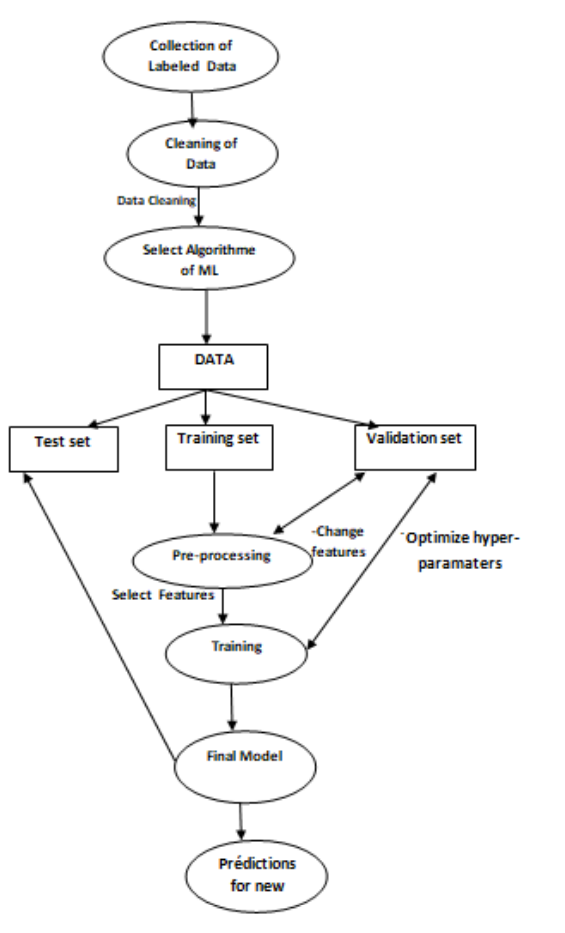
The ETC model gave the best accuracy. ETC is an algorithm that uses a group of decision trees to classify data. It is similar to a random forest classifier but uses a different method to construct the decision trees. ETC fits a number of randomised decision trees on sub-samples of the dataset and uses averaging to improve the predictive accuracy and control over-fitting. ETC is a good choice for applications where accuracy is important but the data is noisy and where computational efficiency is important.
